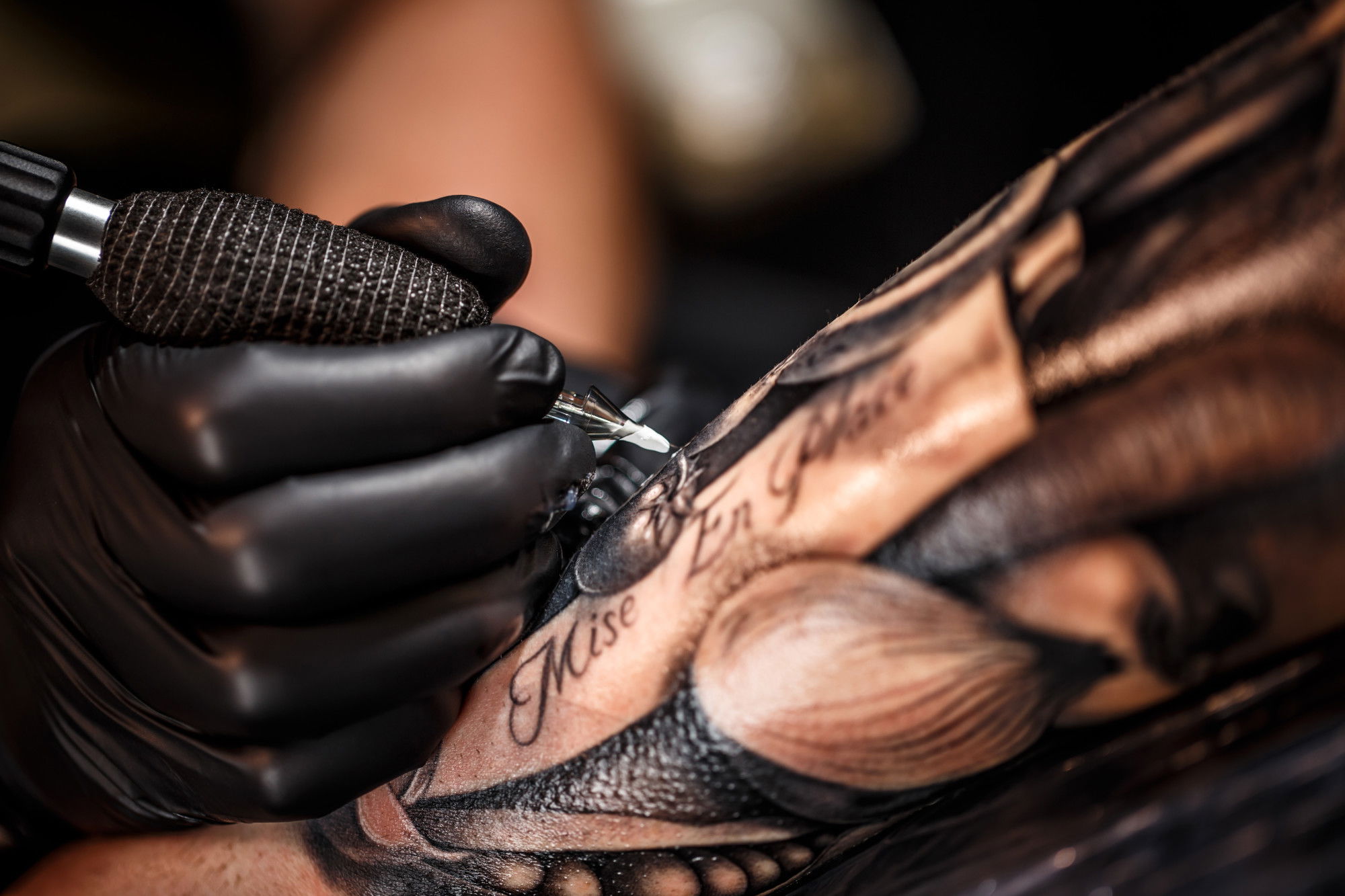Tattoo Artist Training - How to Become a Tattoo Artist

If you're looking to become a tattoo artist, you should learn more about the different styles and methods. Graphic design courses at a community college or an art university will teach you how to create a design using various techniques. You'll learn how to perfect lines and shading, as well as working with color, size, and line. You'll learn how to apply the designs onto a human body. Graphic design courses can also help you gain mentorship in a tattoo shop.
In addition to the theory that you will learn in Florida Tattoo Academy, tattoo artists should also complete practical training in order to practice the skills they'll need to practice on real clients. These programs include hands-on training that involves at least 150 hours of practical experience with guidance from staff. Students will complete at least 50 different procedures in this phase of training. These hands-on experiences should include speaking with potential clients and providing customer service, setting up workstations, and cleaning up afterward.
Aside from the practical aspects of tattoo design, training should also cover shop management and upkeep. Students must also learn how to price tattoos, quoting, and artist protection. Tattoo artists should also learn how to interact with clients, interview them, and develop good communication skills. This way, they can earn money as tattoo artists. There are also numerous ways to become a tattoo artist, including starting a career in this field and gaining a degree in tattooing.
While training is essential to getting a professional tattoo, it's not easy. There's no substitute for hard work and patience.
Tattoo apprentices learn the basics of tattoo design while earning money for themselves. It may take six months to a year before they can charge full-time rates. You should plan to stay for at least 3 years to gain good experience and learn the ropes. A good tattoo apprenticeship will provide you with the foundation you need to start a successful career as a tattoo artist.
There's a lot of pressure in the field of tattooing. Often, walk-in studios can perform as many as five to six tattoos per day. Even if you have enough time to finish five or six tattoos a day, your client will likely be in a hurry and want to talk about your work. Tattooing is a stressful job and one that requires a great deal of patience and ability to remain calm under pressure. You will find yourself spending long hours working on tattoo designs. Visit this website to get more information about Tattooing.
While most apprenticeships focus on learning the techniques of tattooing, there are still several prerequisites that an artist should possess before starting their apprenticeship. Drawing skills are a must, since you'll be creating tattoos on people. In addition to the necessary tools, tattoo apprentices need to pass bloodborne pathogen and first aid classes. Having this training will ensure that they are up to par and safe. And as an added bonus, some states require apprentices to have CPR and first aid training to ensure the safety of their clients. Check out this related post to get more enlightened on the topic: https://en.wikipedia.org/wiki/Tattoo_artist.
